These guidelines aim to improve the visual impact and emotional resonance of landscape photographs. For a more technical explanation of each point, these technical strategies are foundational for enhancing the visual appeal and emotional impact of landscape photography, guiding the viewer's experience through the image.
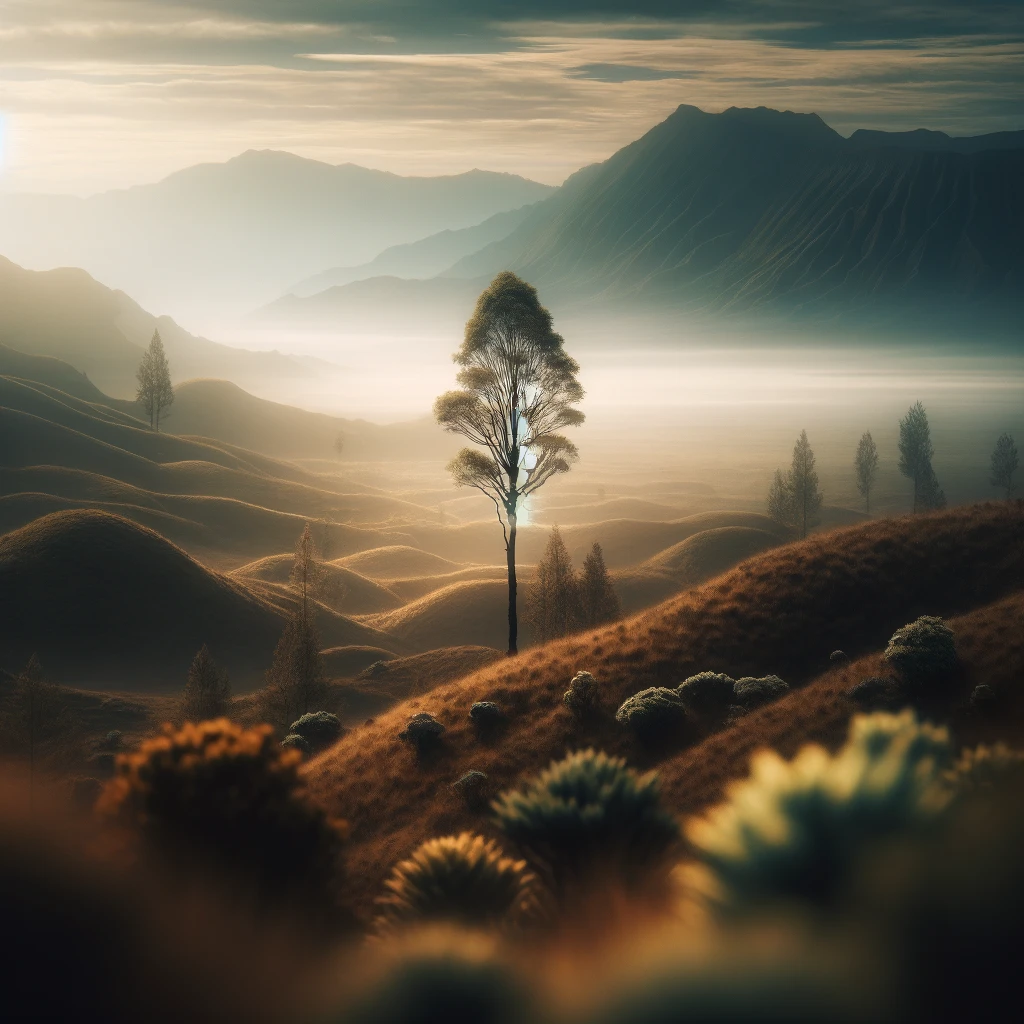
1. Focal Point/Main Subject: This principle emphasizes the importance of having a clear subject in your photo to anchor the viewer’s attention. Identify the main subject with clarity, using focus techniques such as a shallow depth of field or leading lines to draw attention.
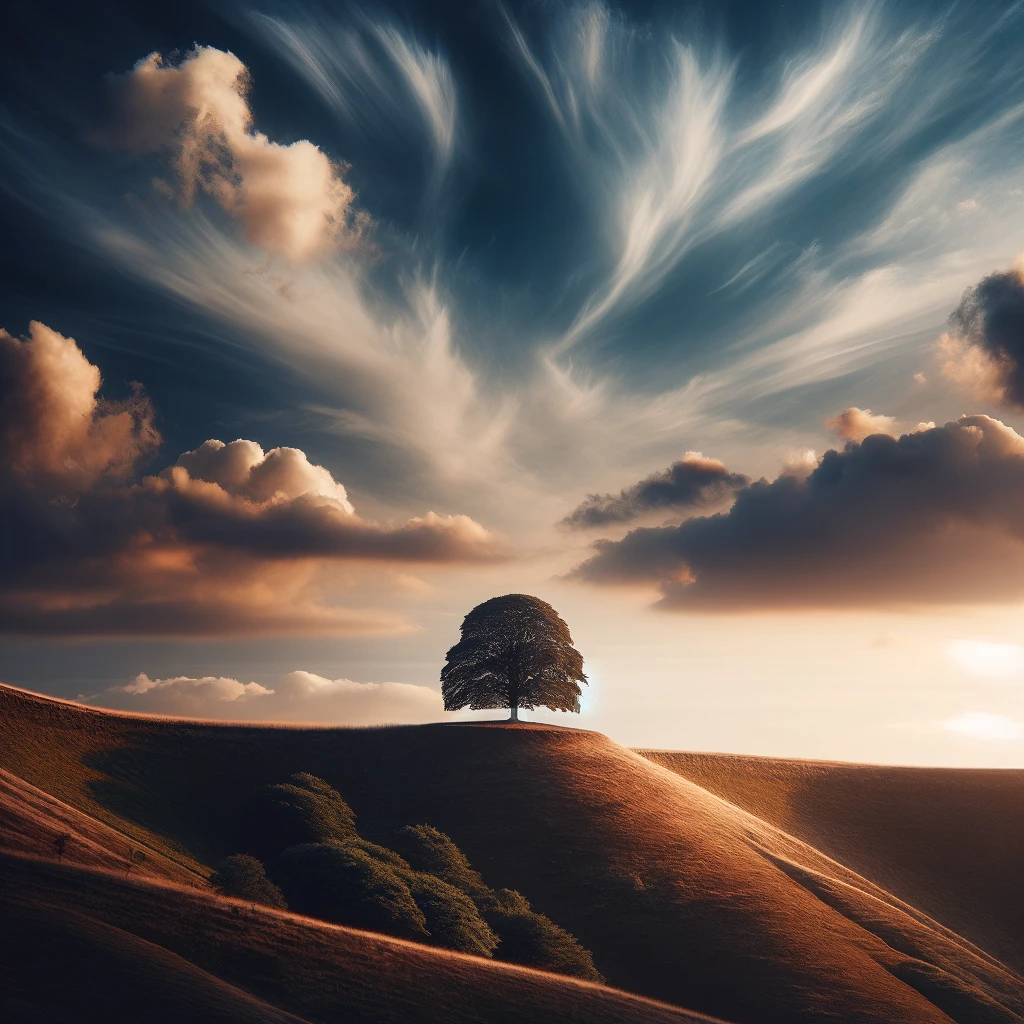
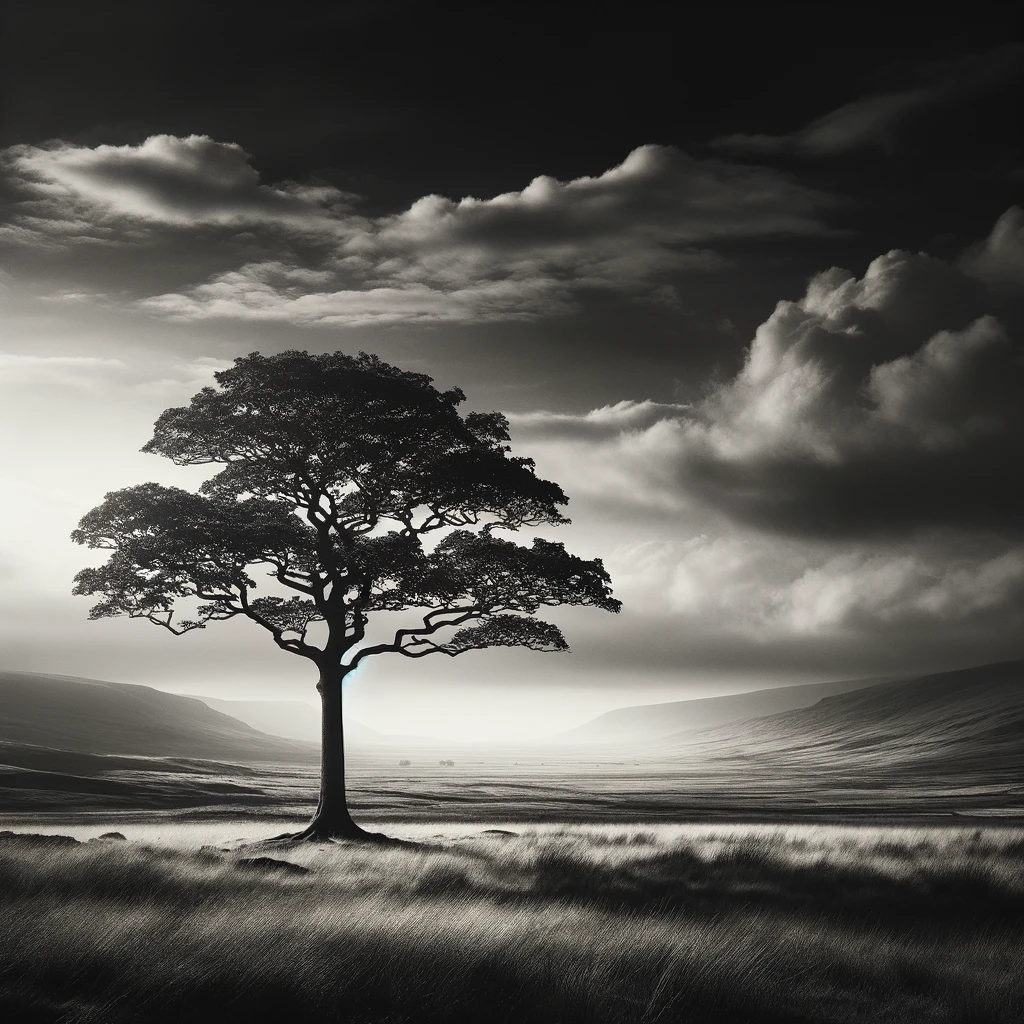
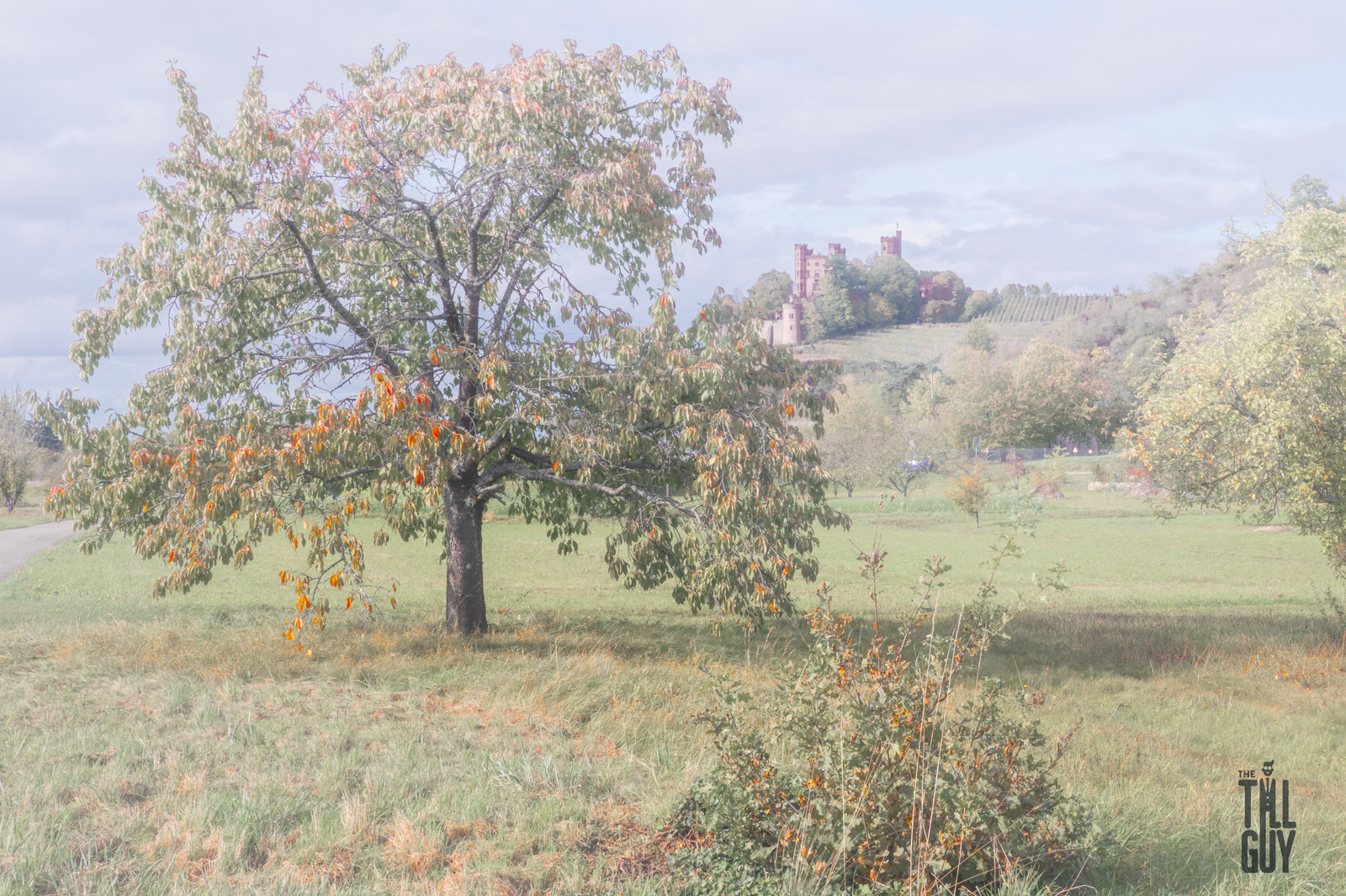
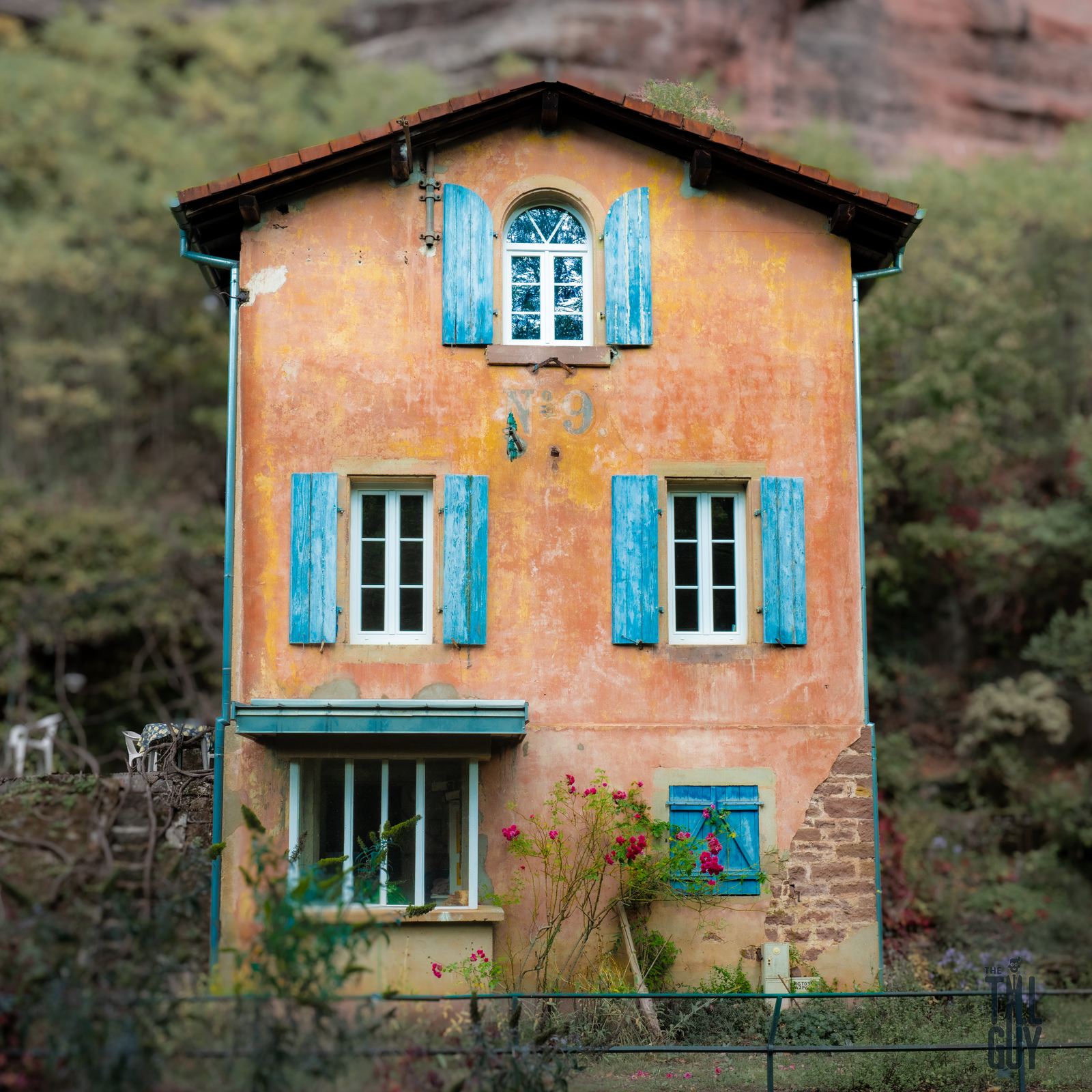
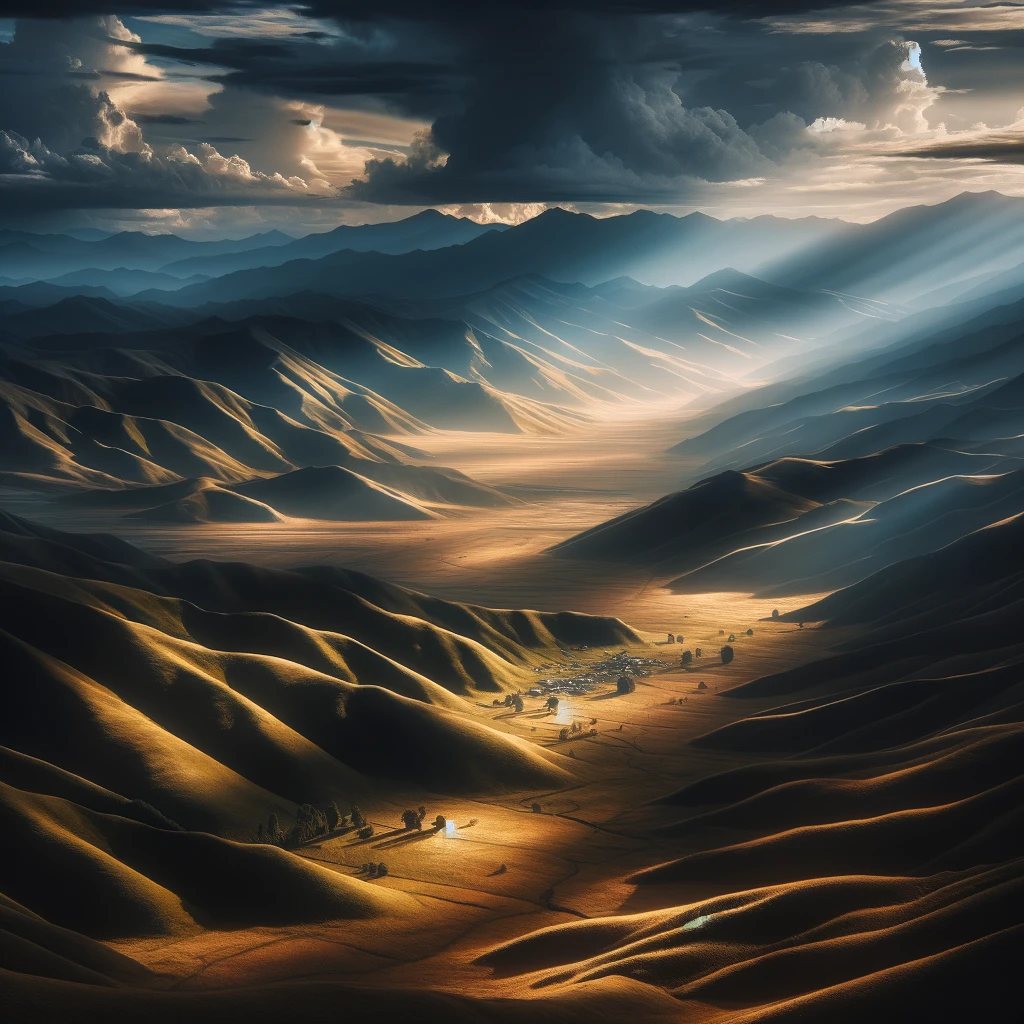
2. Light and Shadow: It involves using the interplay of light and shadow to add depth, mood, and interest to the scene.Manipulate lighting to enhance texture, contrast, and depth. Side lighting emphasizes texture, while backlighting can create silhouettes or glow effects.


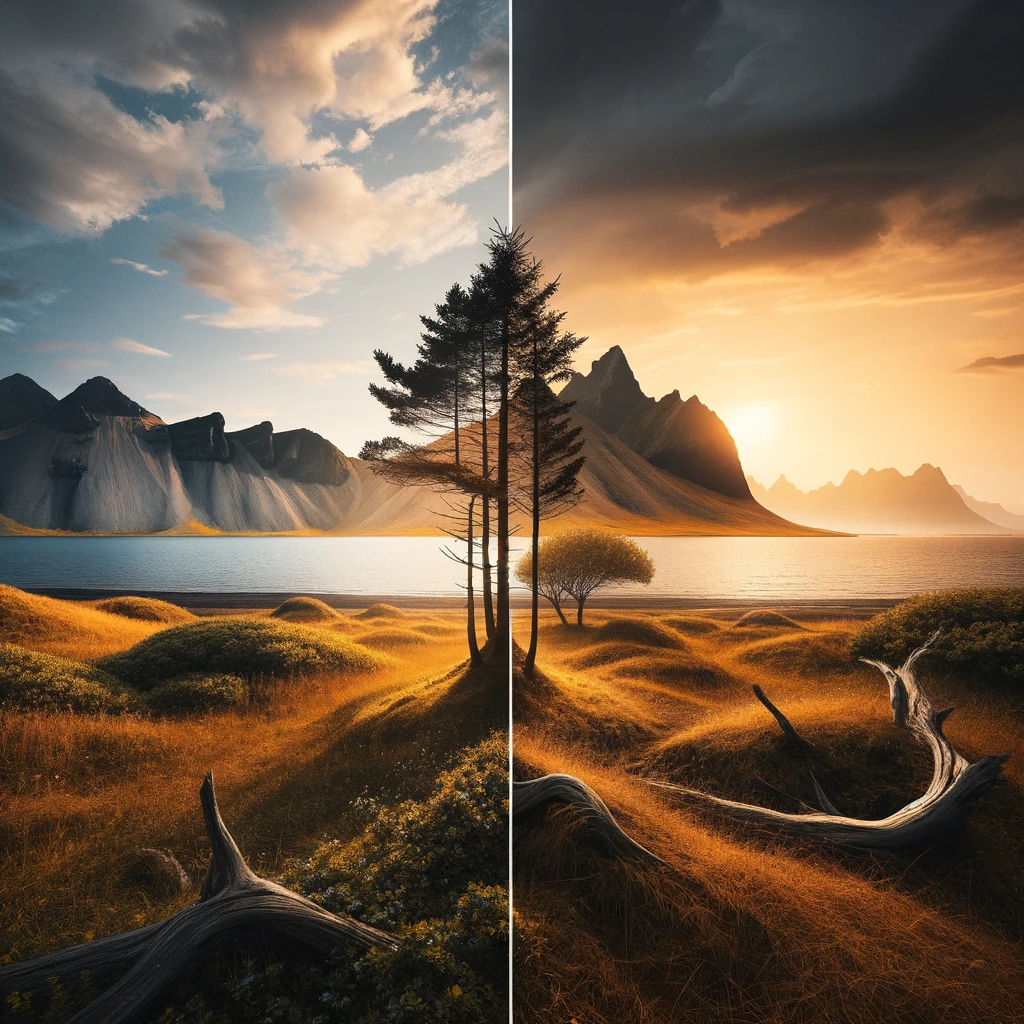
3. Balance: This is about arranging elements in the frame so the composition feels stable and aesthetically pleasing. Use the rule of thirds to position elements dynamically, balancing the weight of subjects across the frame to avoid clutter or emptiness on one side.

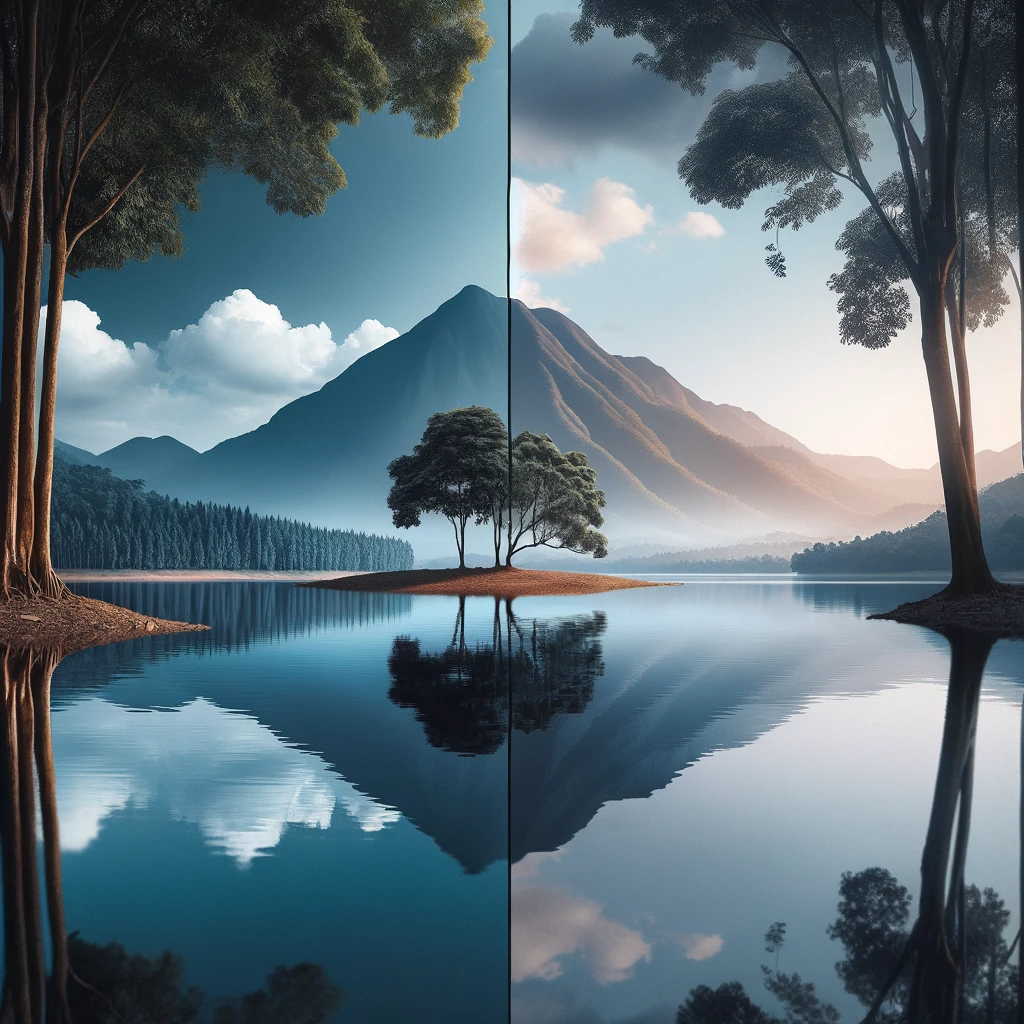

4. Visual Flow: Directs the viewer’s eye through the image in a deliberate path, using elements like lines or patterns. Implement leading lines, shapes, or color contrasts to guide the viewer’s eye through the composition, creating a narrative or directional flow.

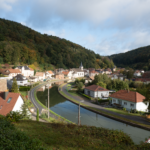
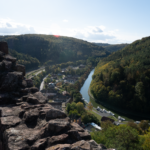
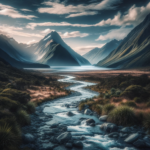


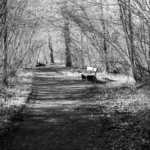
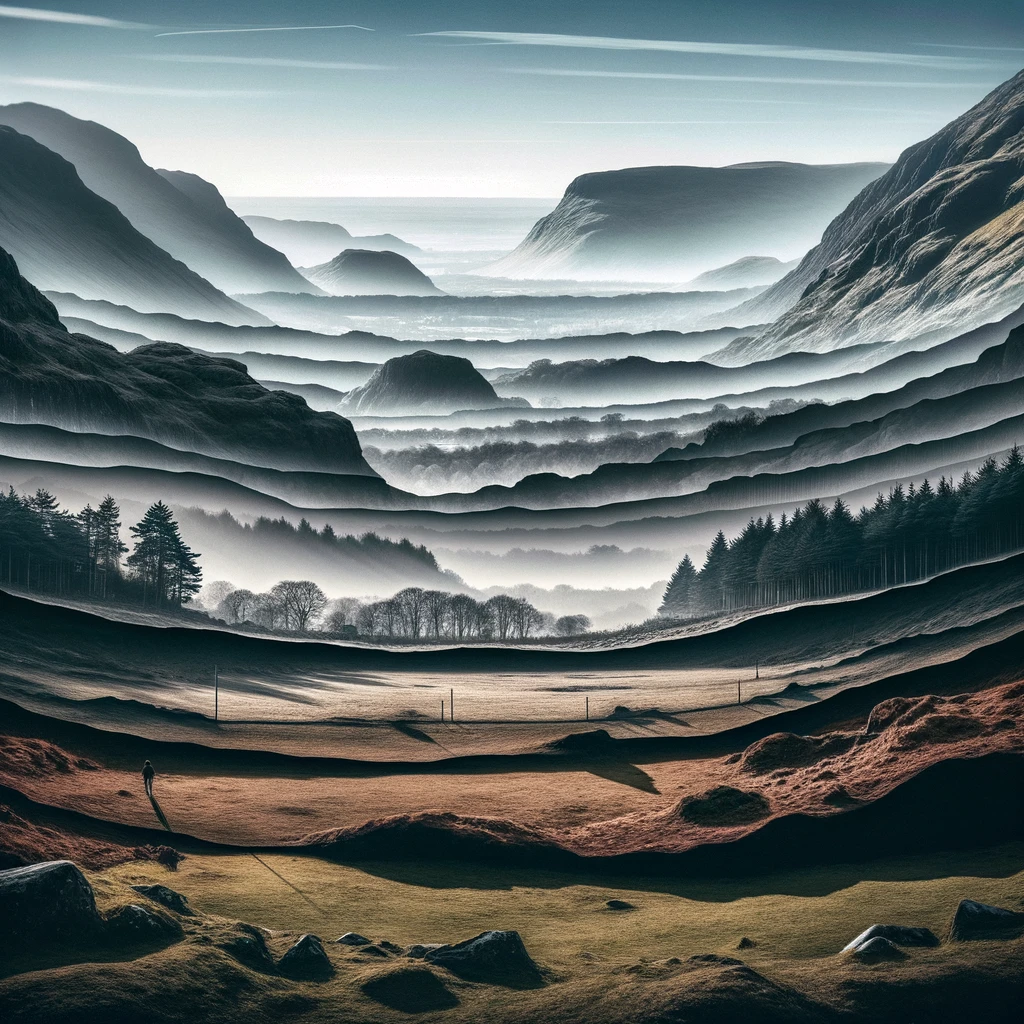
5. Depth: Achieved by including elements in the foreground, midground, and background to give a three-dimensional feel to the image. Utilize a wide aperture for shallow depth of field in foreground elements or a small aperture for deep focus landscapes, layering elements from foreground to background.
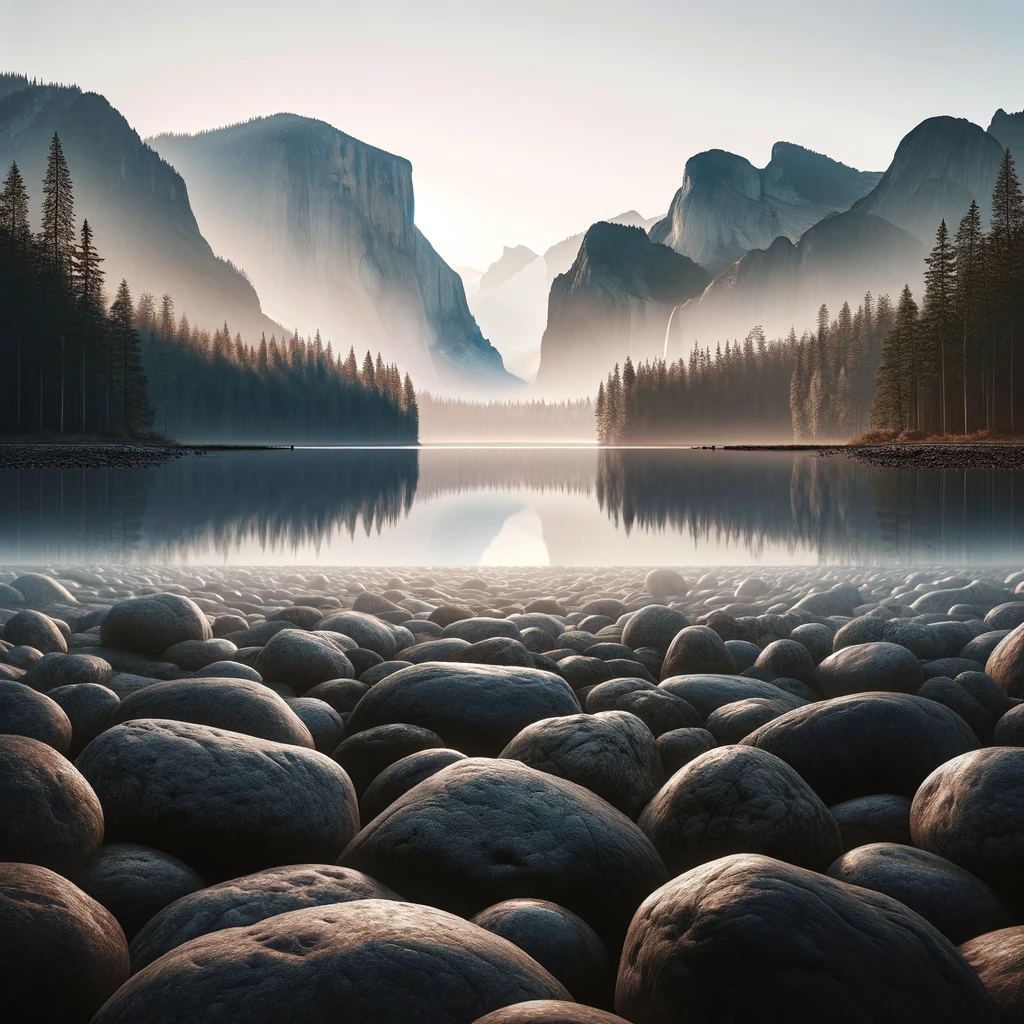

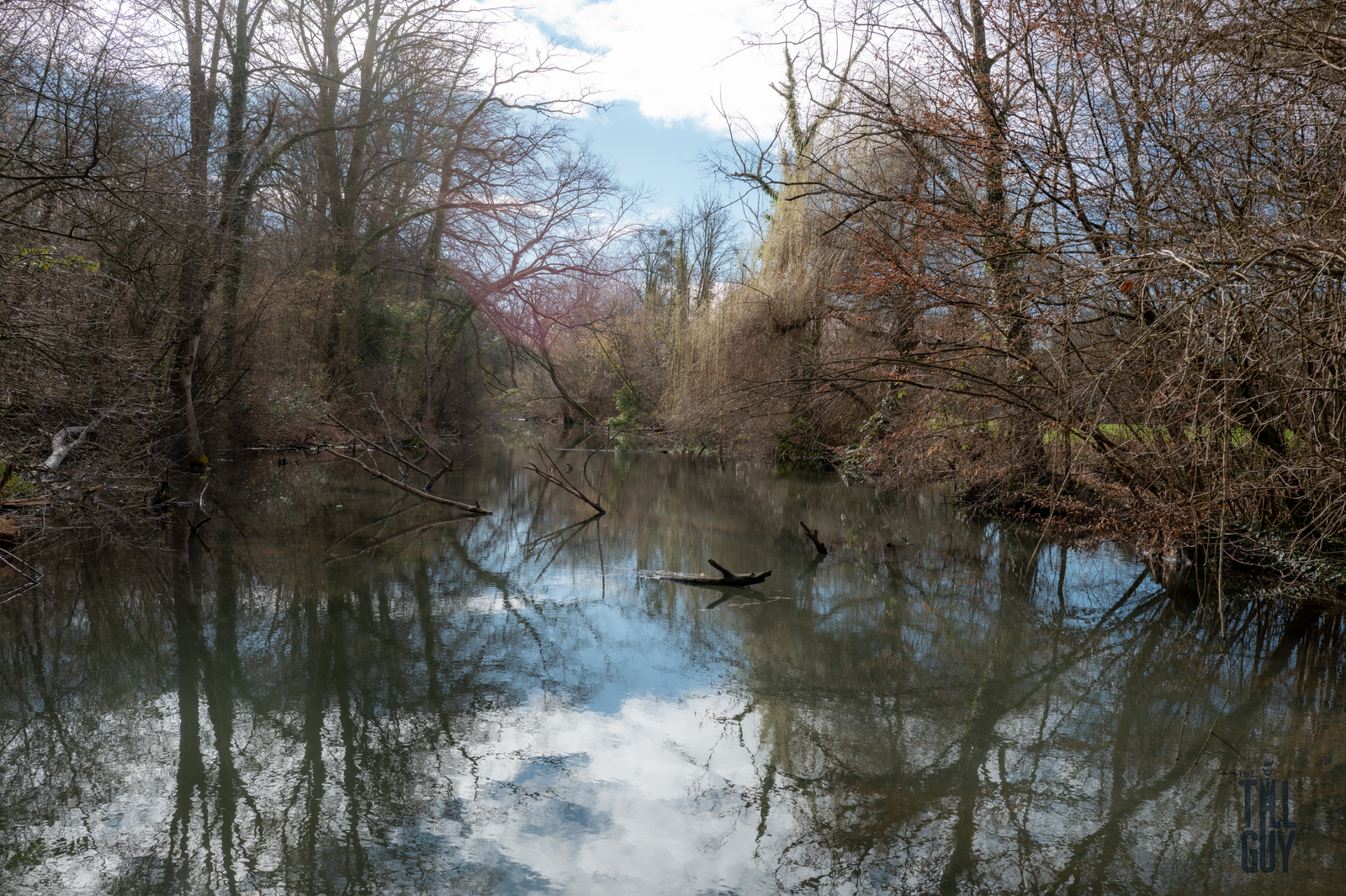
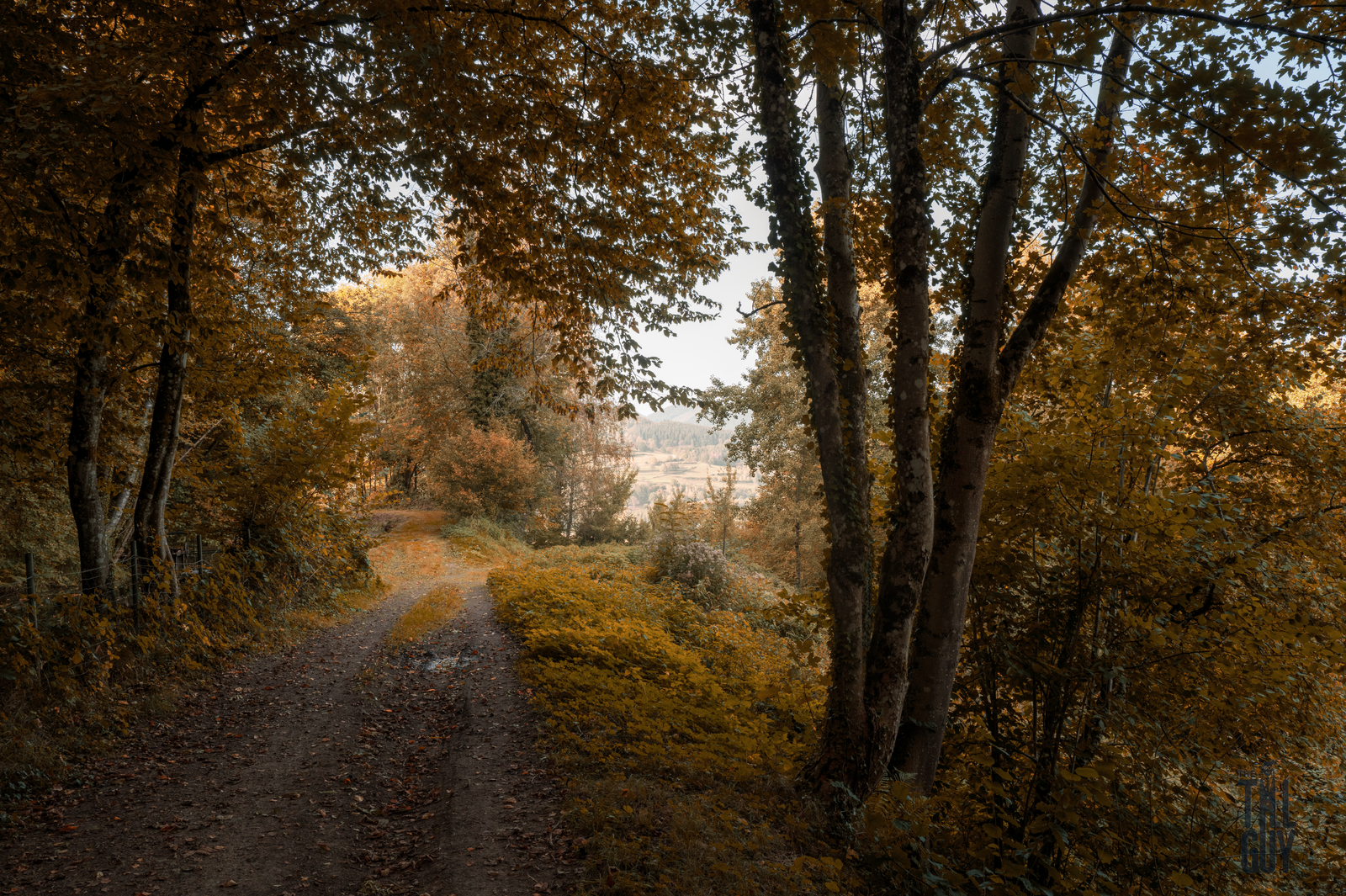
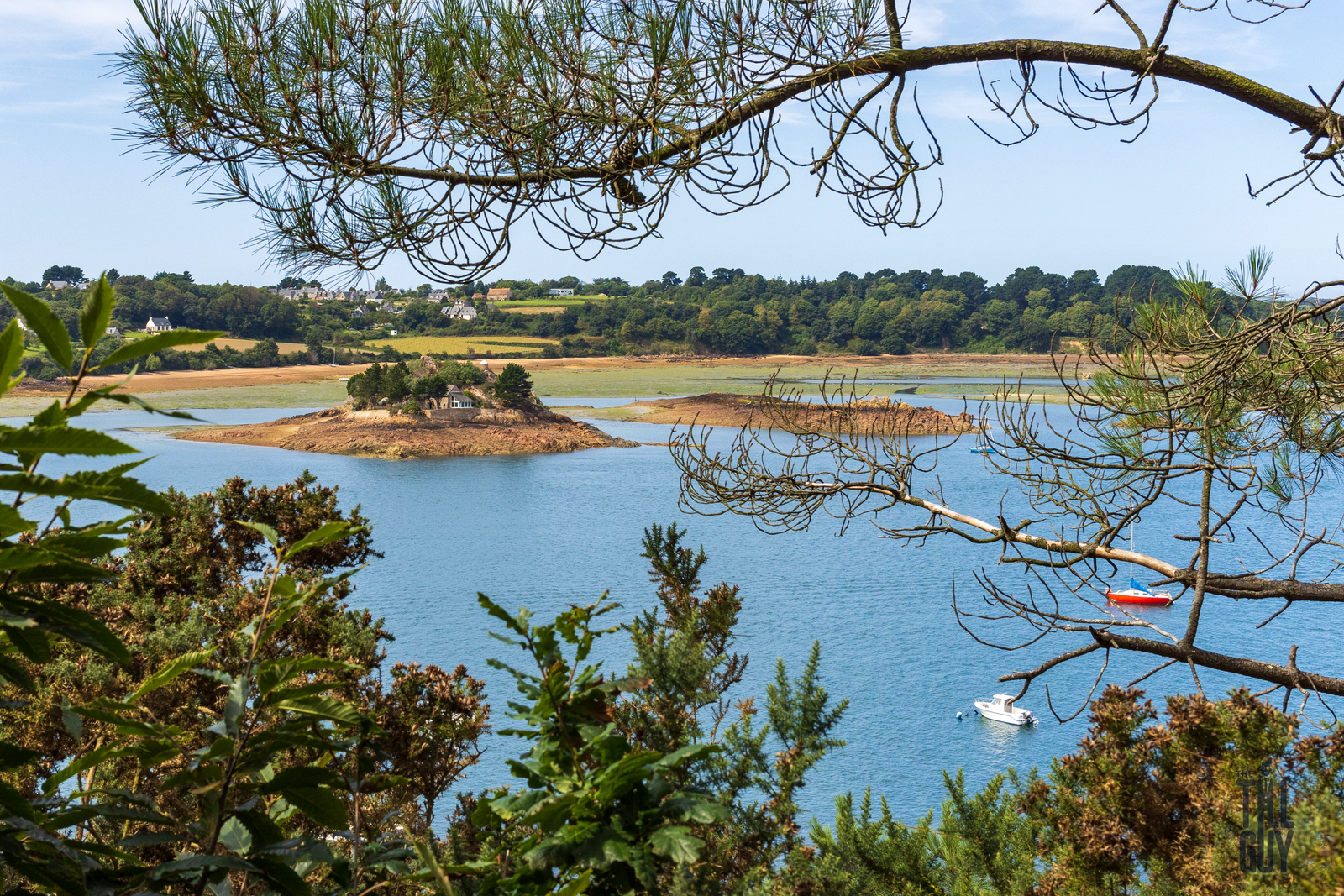
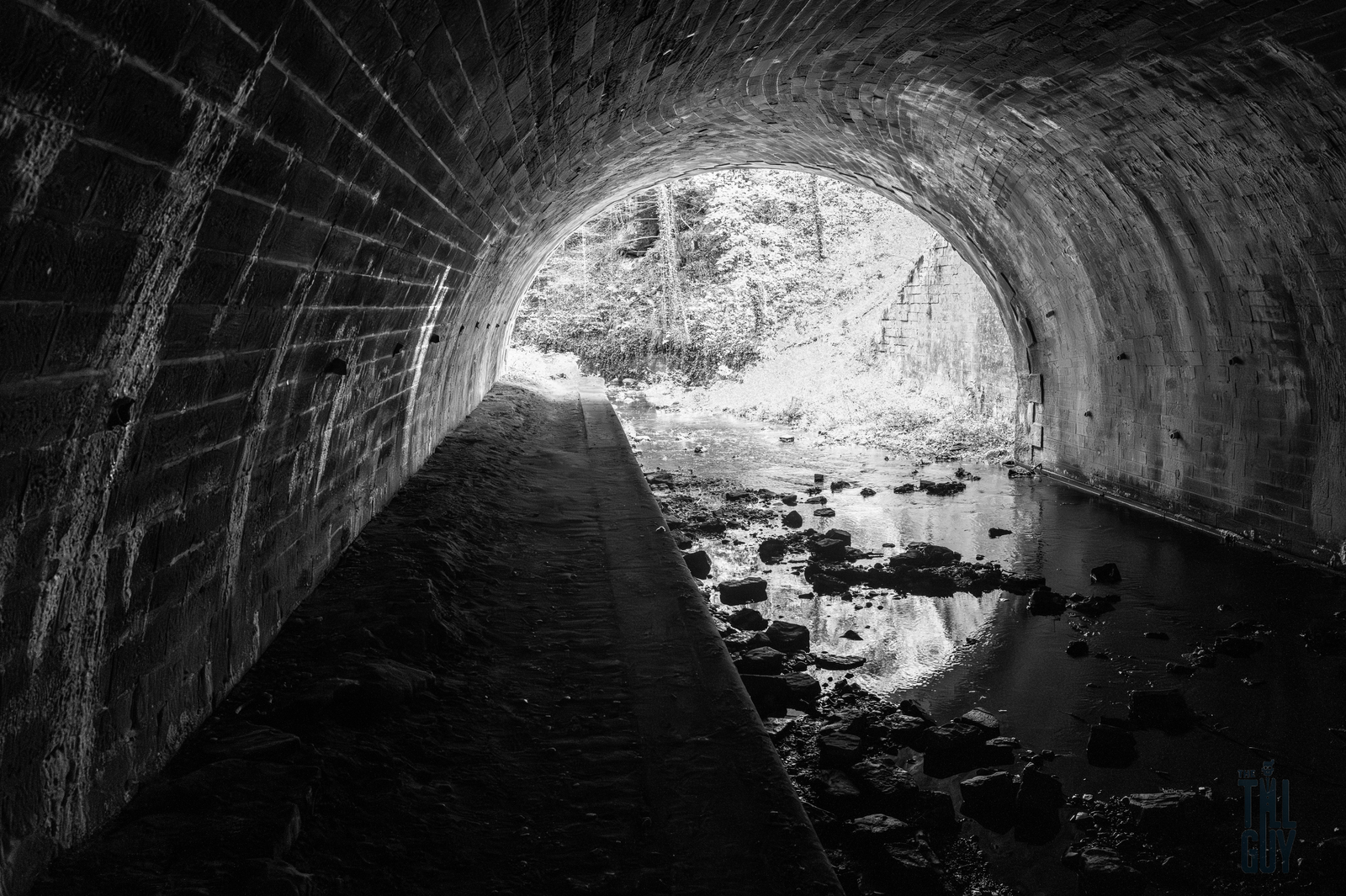

6. Symmetry: Utilizing symmetrical arrangements to create harmony and balance in the composition. Find natural or architectural lines of symmetry to create reflections or mirror images, often used in water reflections or architectural photography.



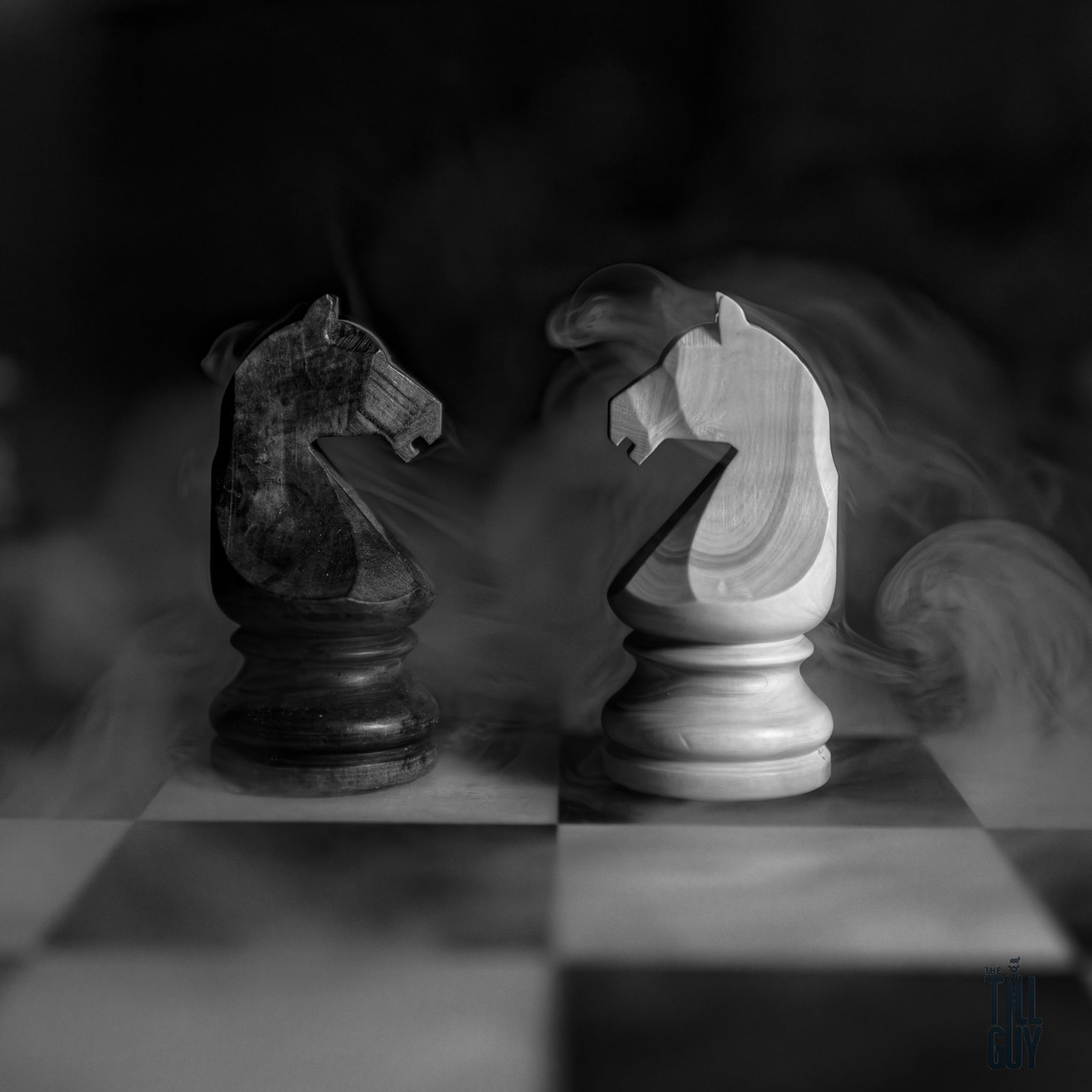


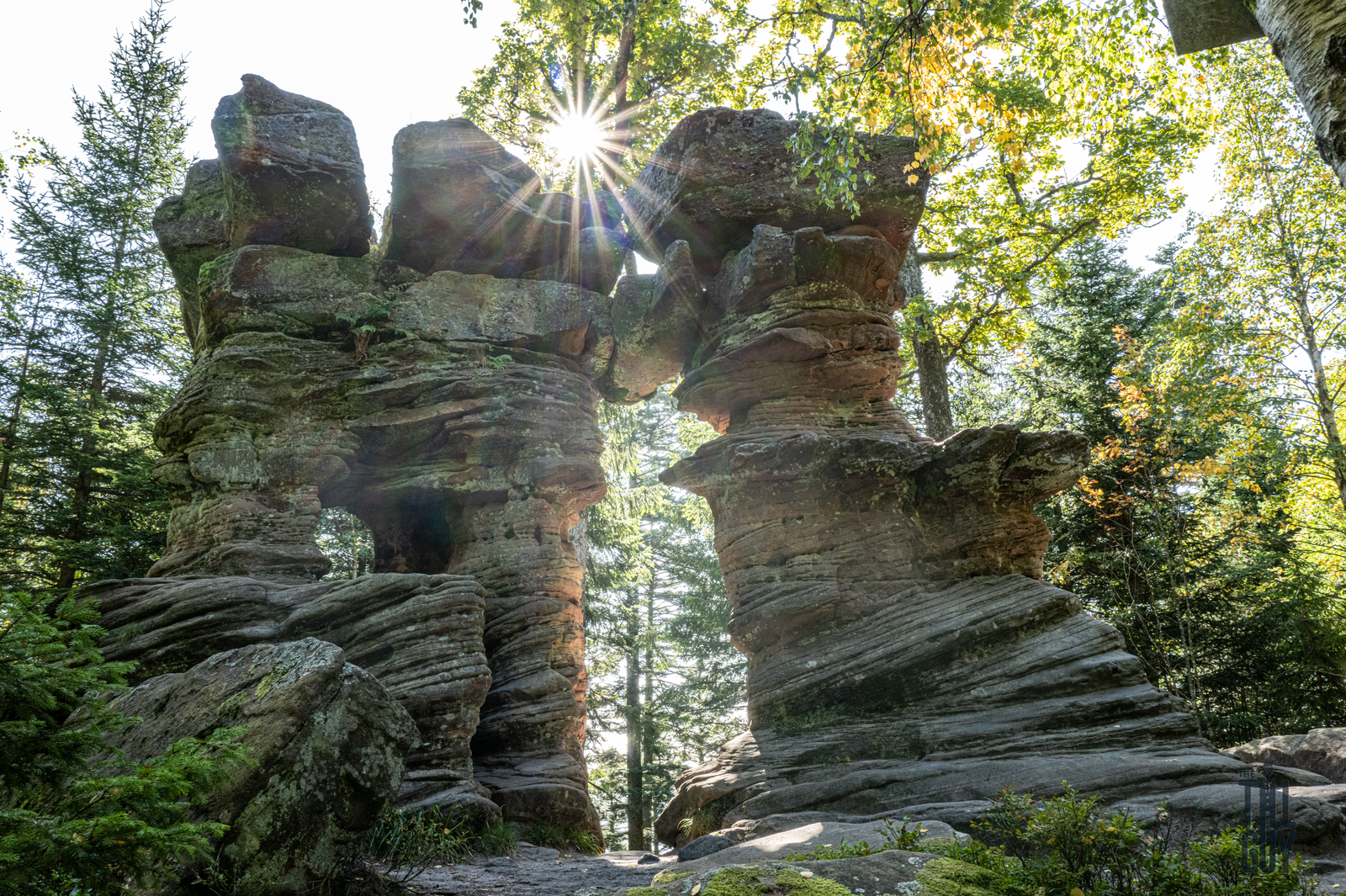
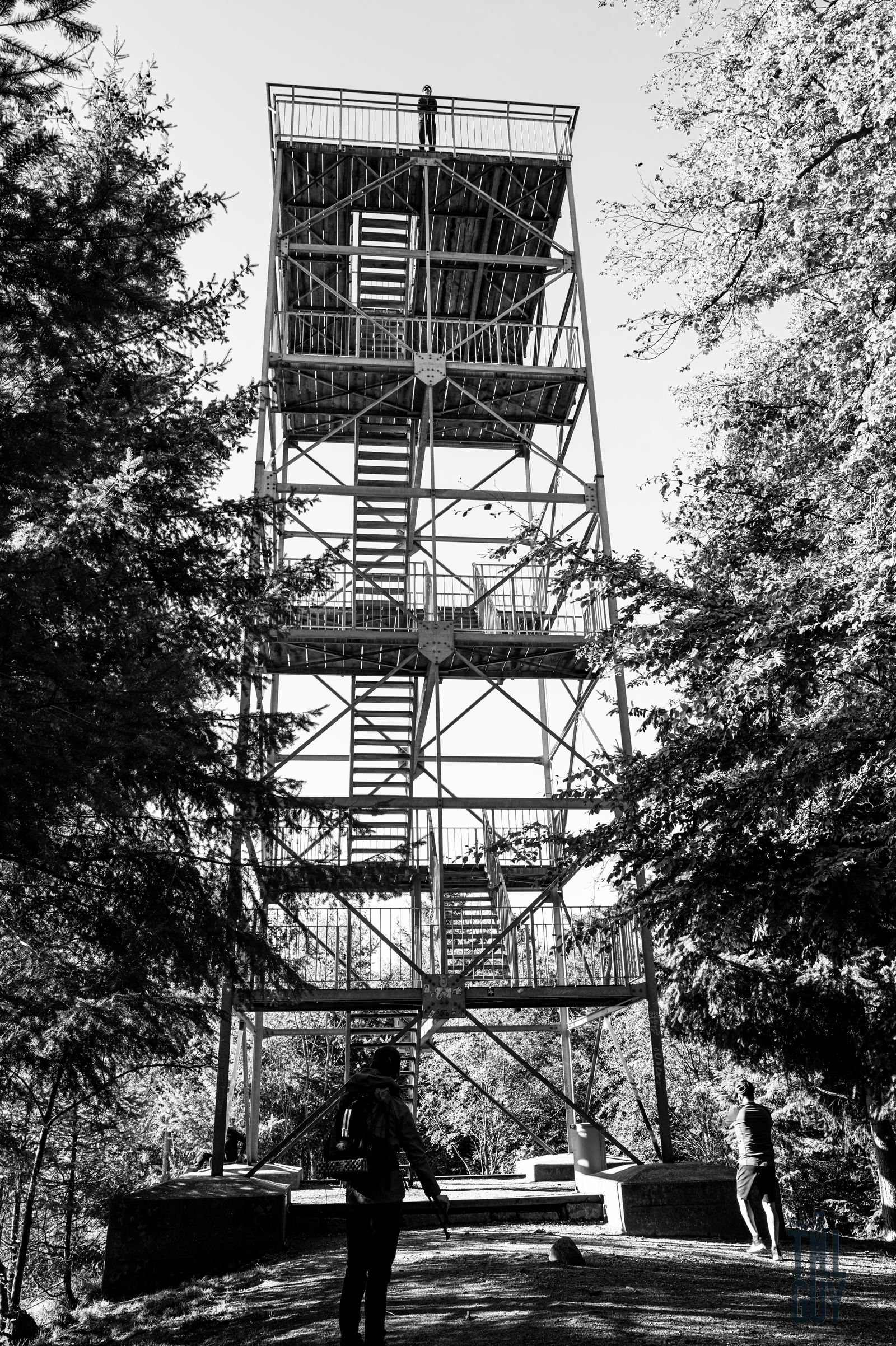

7. Edges: Concerns the careful consideration of the frame’s borders, ensuring elements are well placed and not cut off awkwardly. Pay attention to the frame edges, ensuring important elements are not cut off and there’s enough space around the subject to avoid a cramped composition.



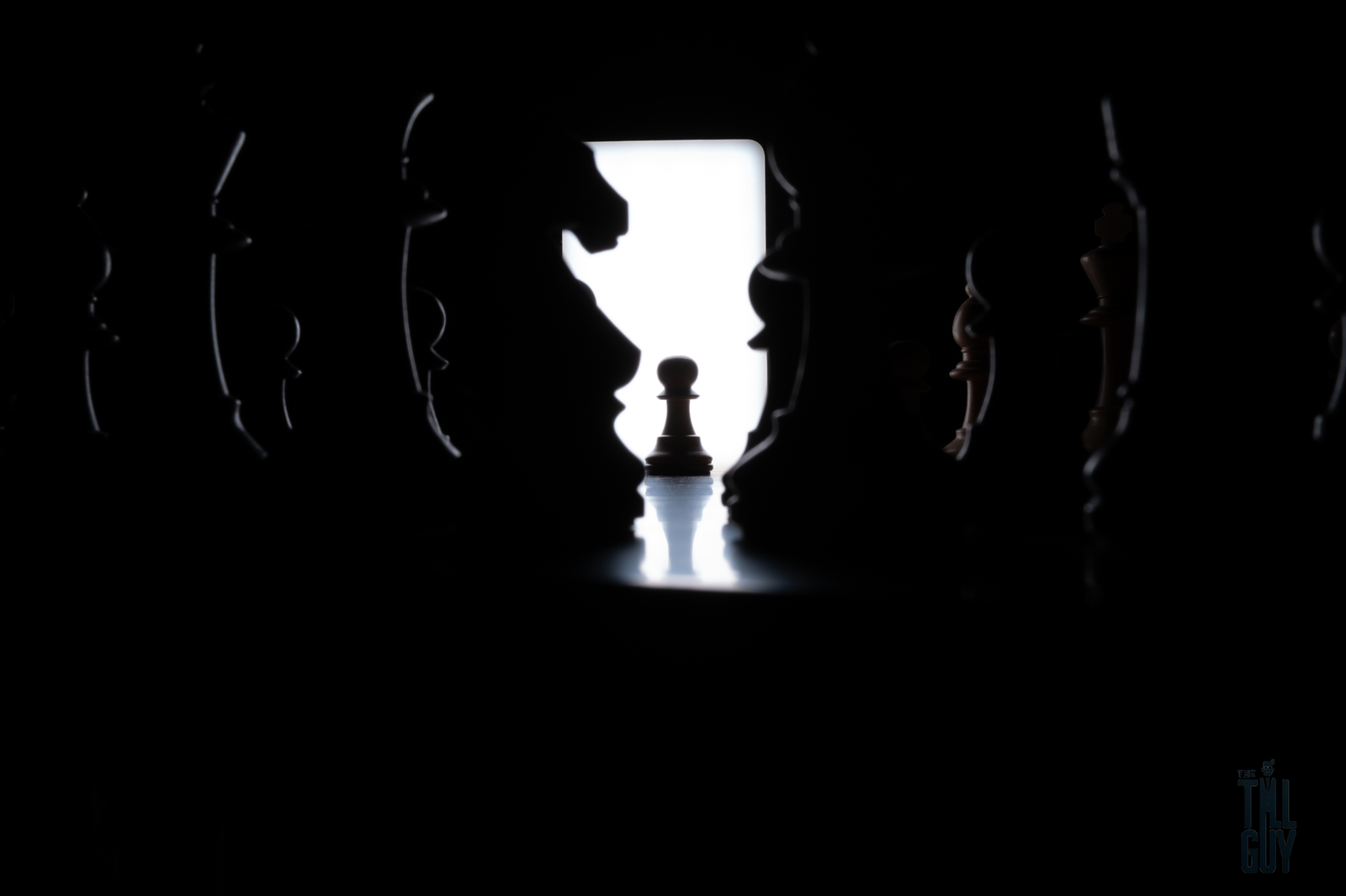


8. Scale: Involves showing the size of elements in the landscape, often by including a known object for size comparison.Introduce a human element or familiar object to provide a scale reference, enhancing the perception of grandeur or vastness in landscape scenes.
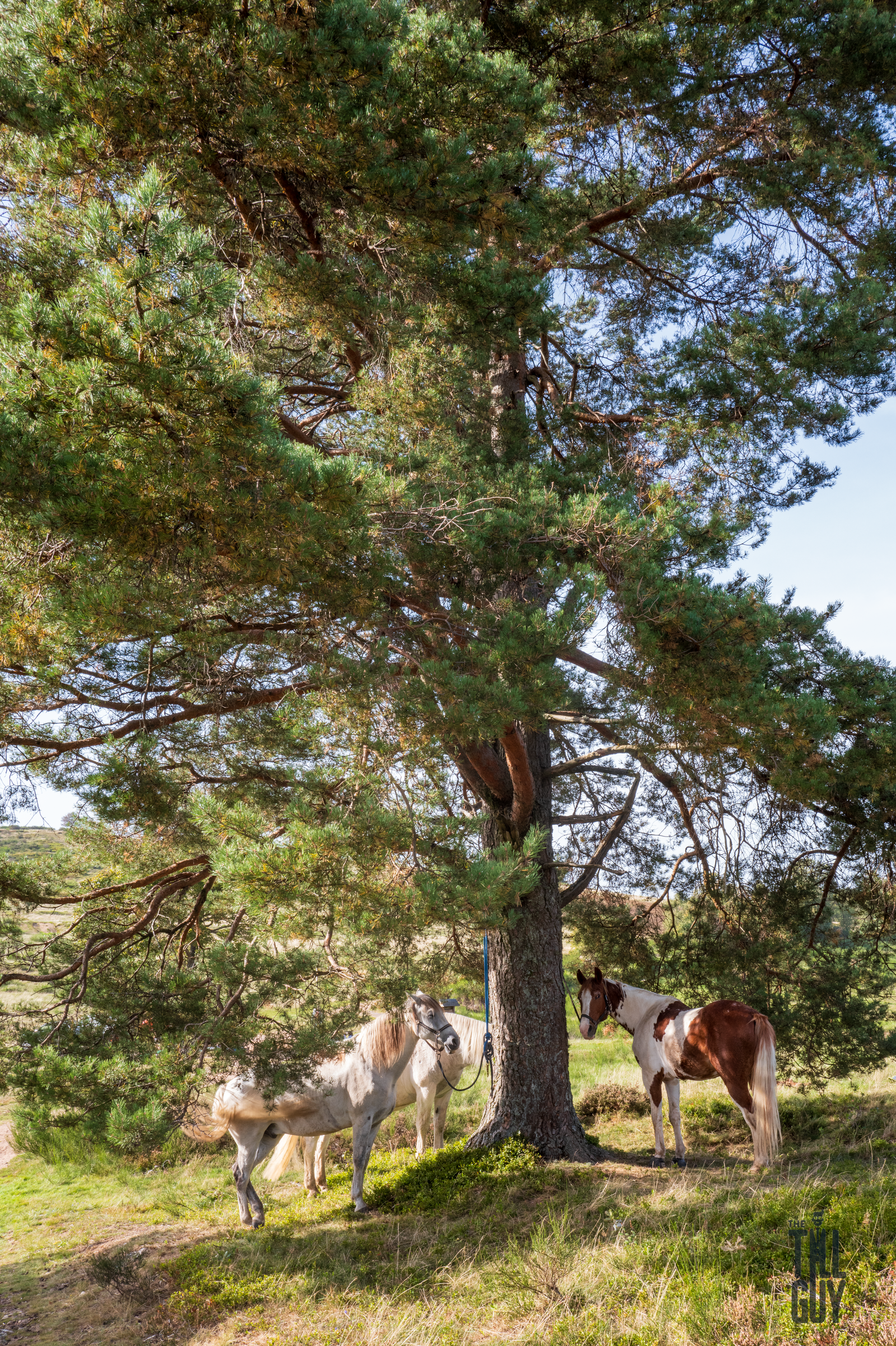
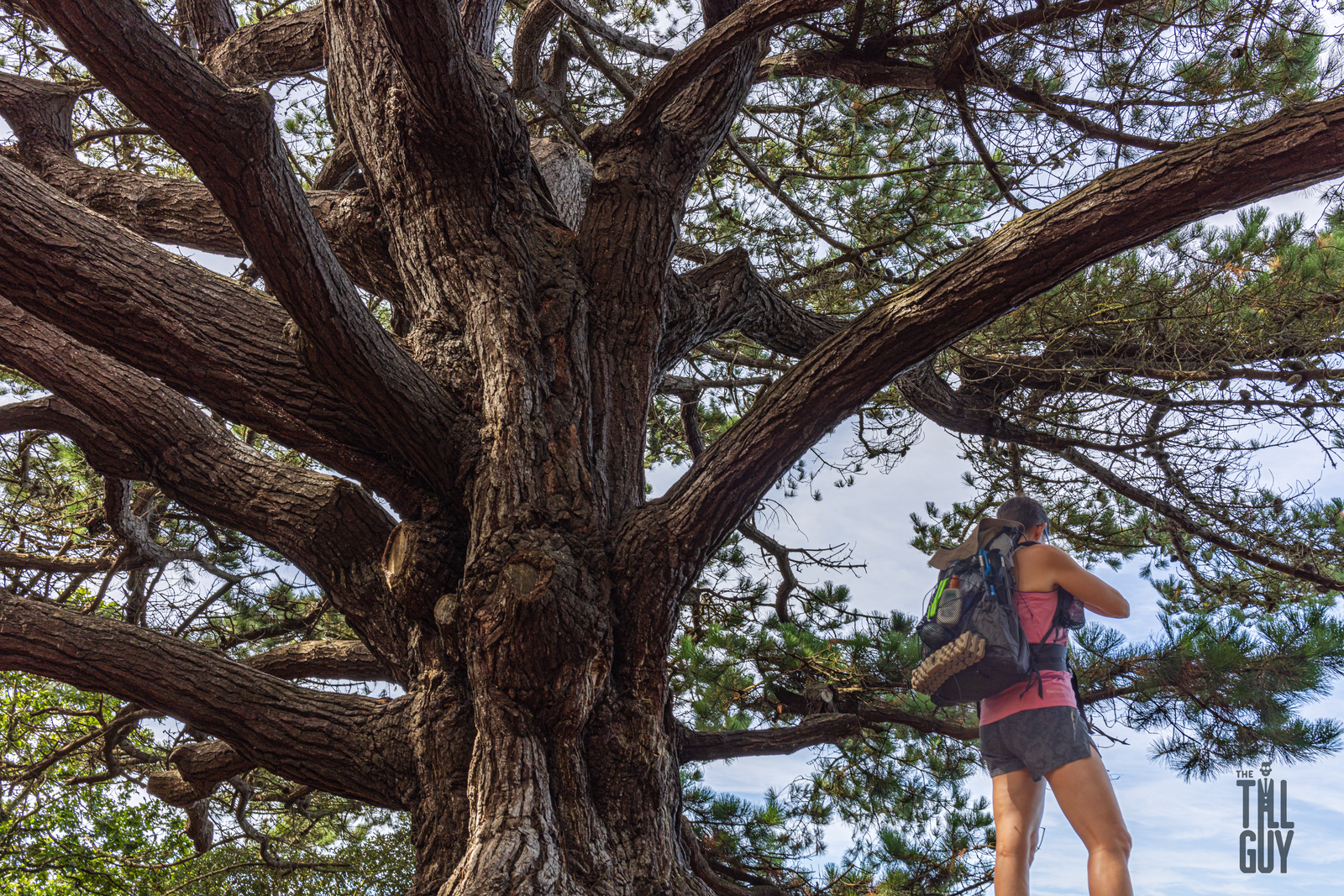
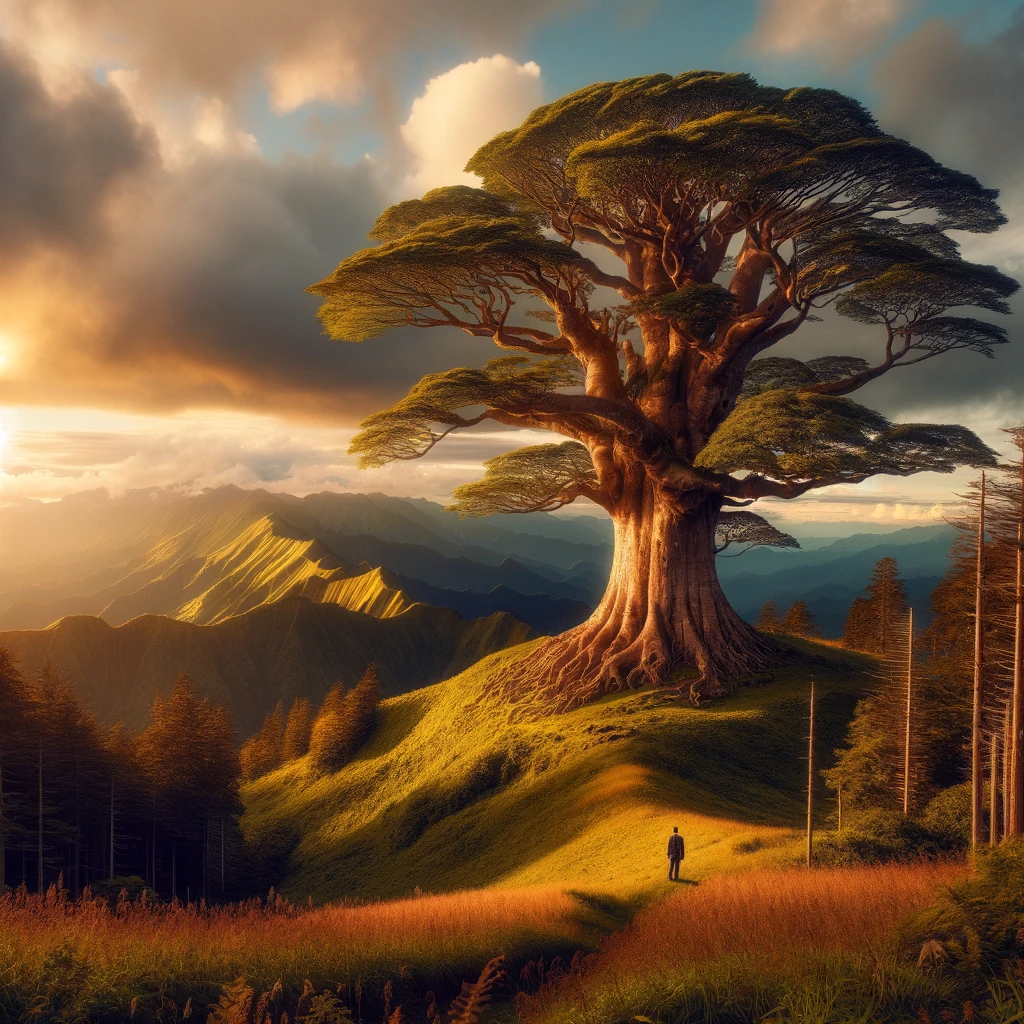
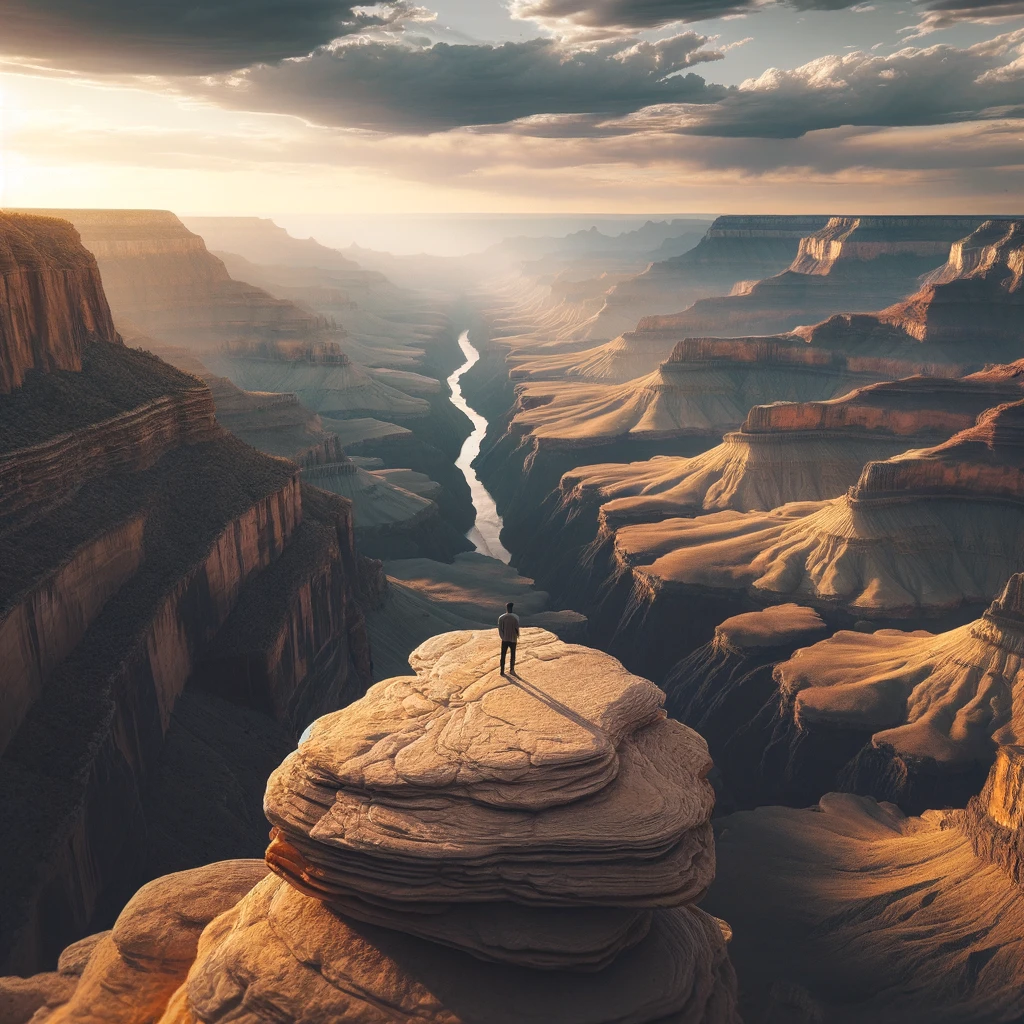
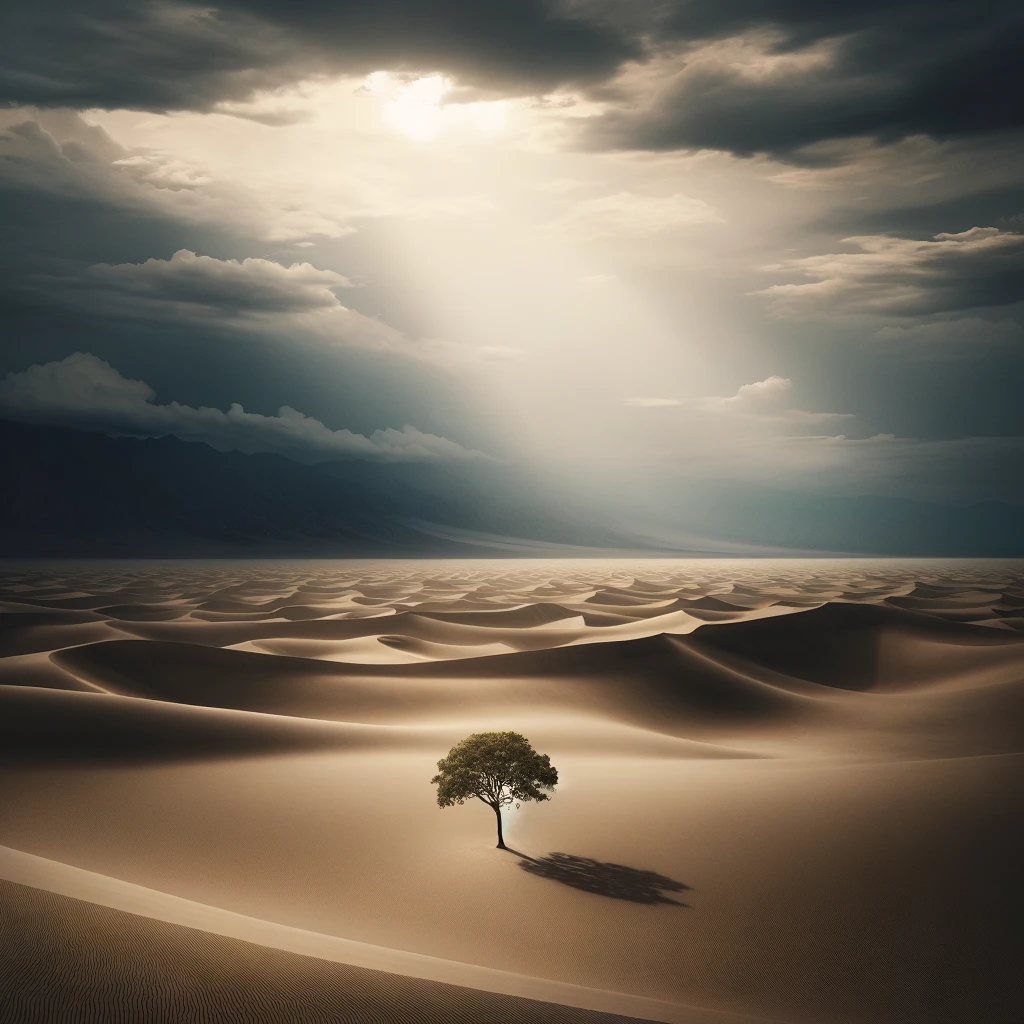
9. Negative Space: The strategic use of empty space around the subject to highlight it and create a minimalist aesthetic. Use open skies, calm waters, or empty fields as negative space to emphasize the subject, creating a minimalist composition that draws focus.
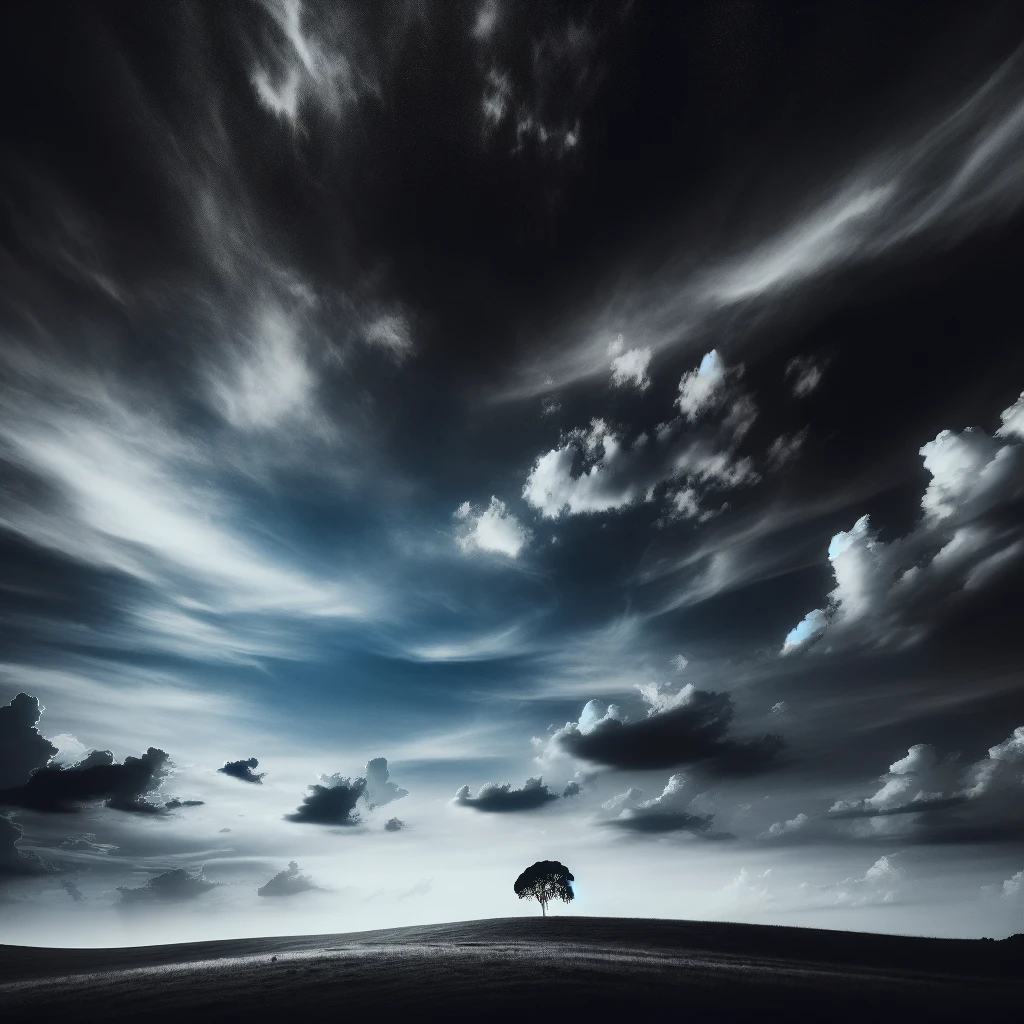
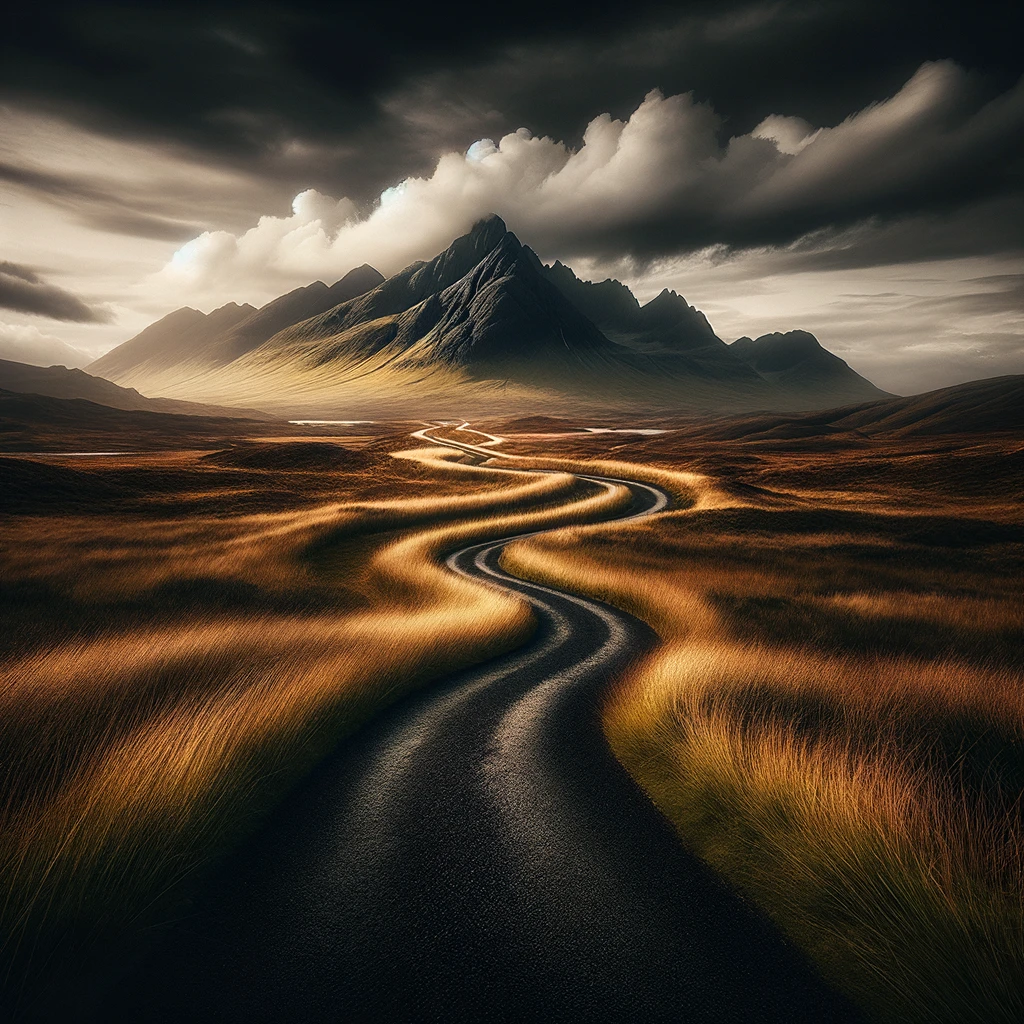
10. Direction: Involves orienting landscape elements in a way that guides the viewer’s gaze into or across the image. Arrange elements so that they lead towards a point of interest, using natural lines or the direction of light to influence the viewer’s gaze direction.

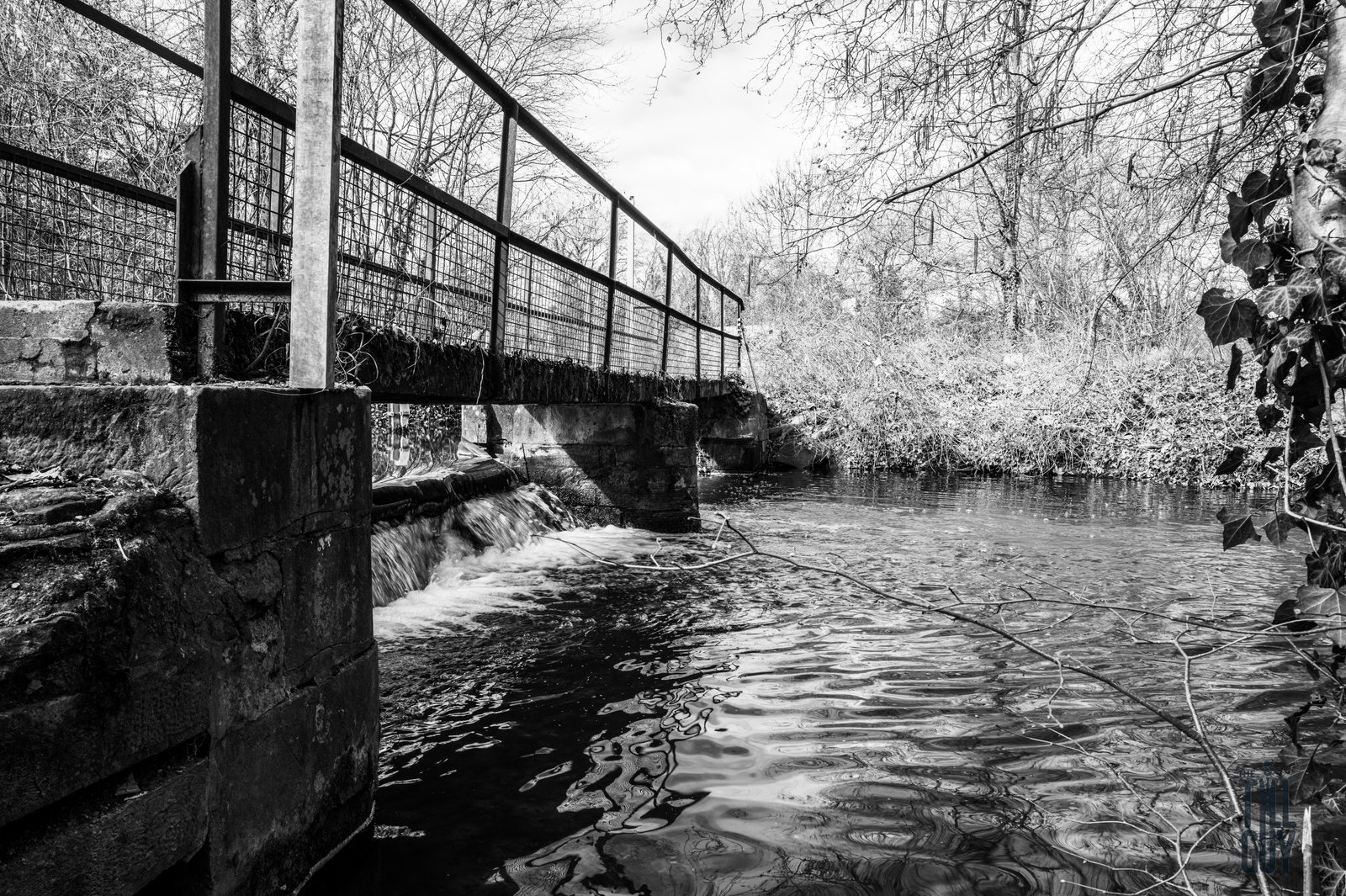
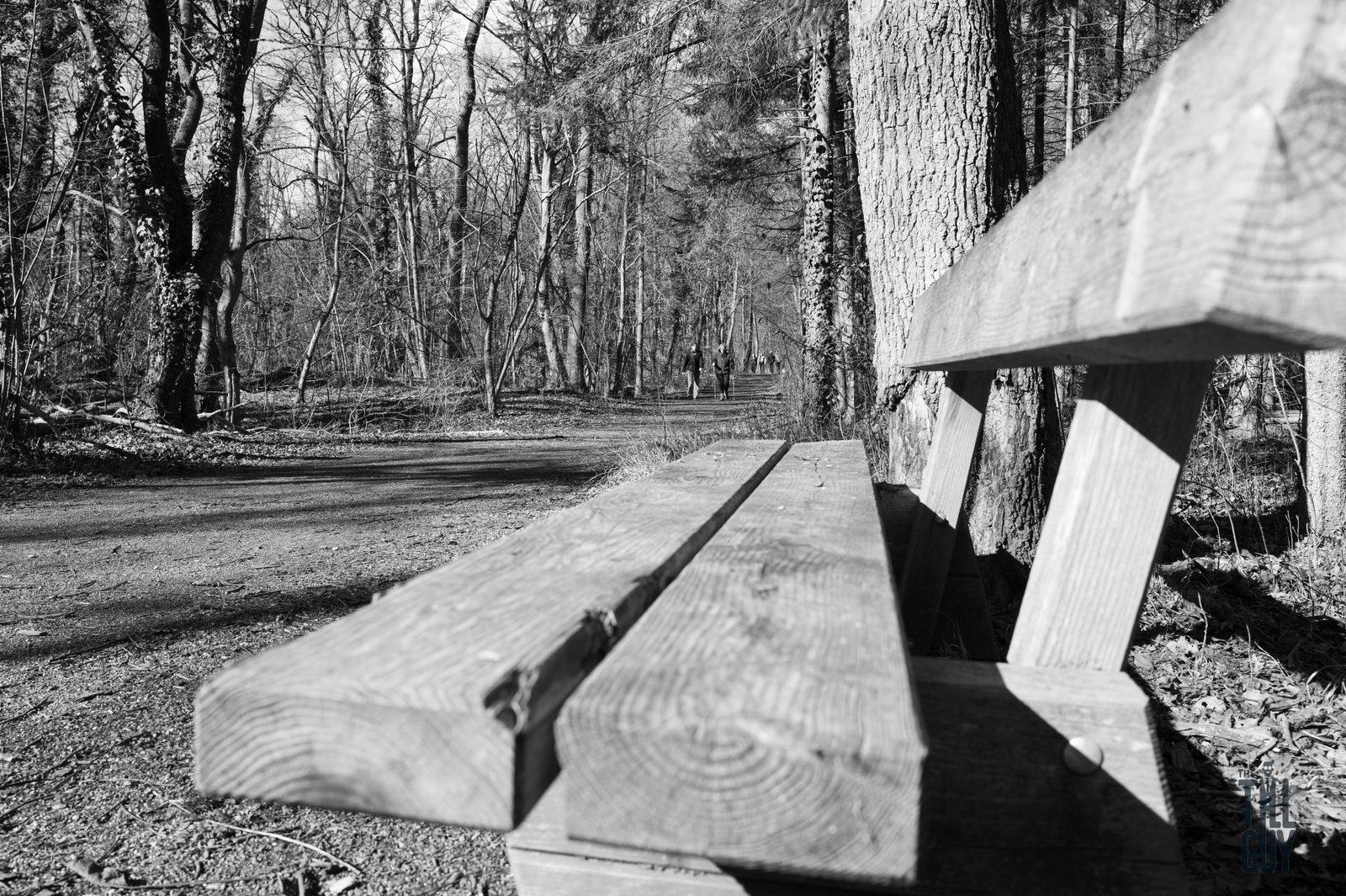

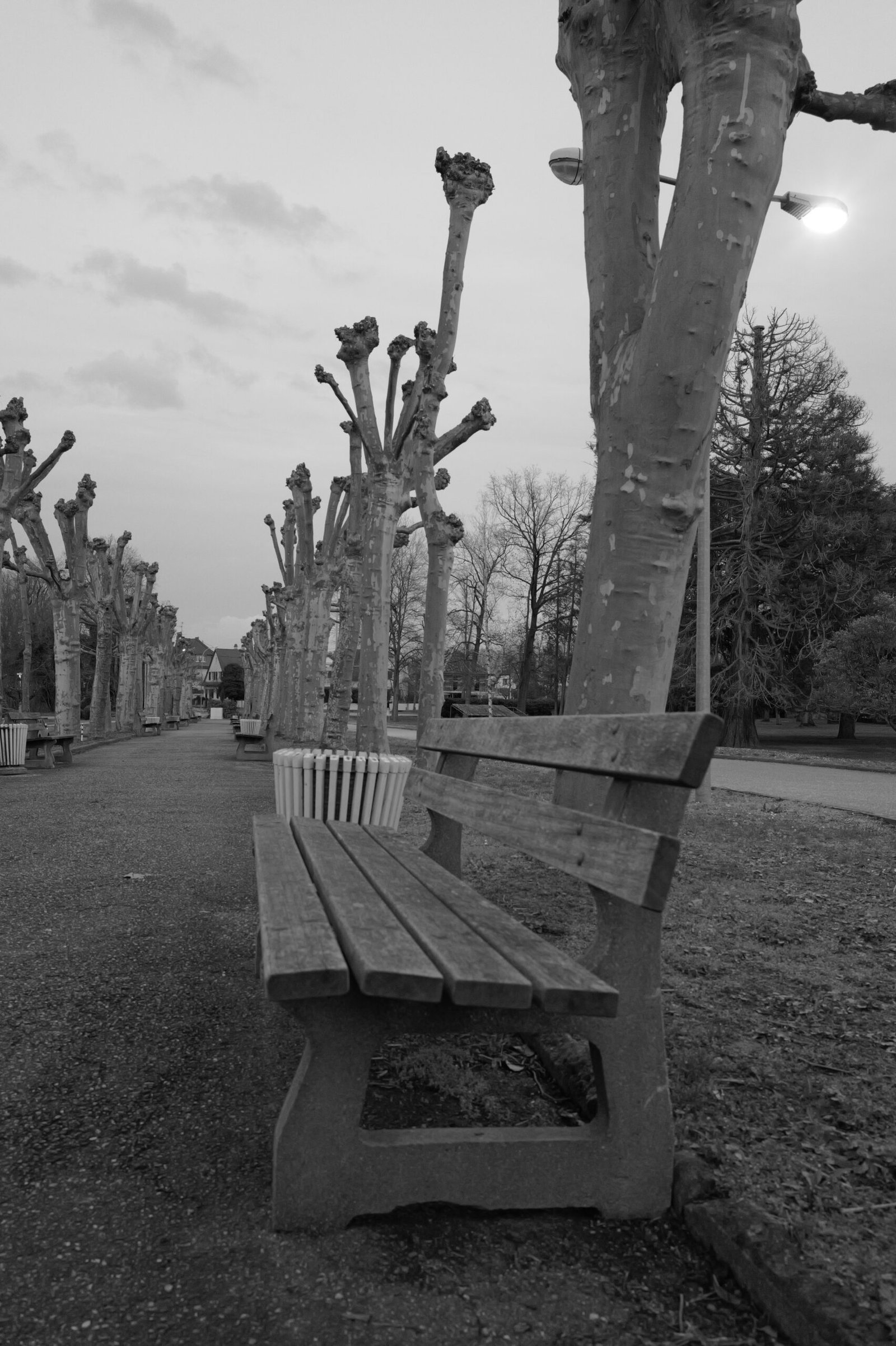
This work has an almost meditative quality to it. Each sentence feels carefully considered, yet they flow so naturally that…
Joli !🤩
👍👏
Ce site est passionnant 🙂
un article passionnant
Leave a Reply